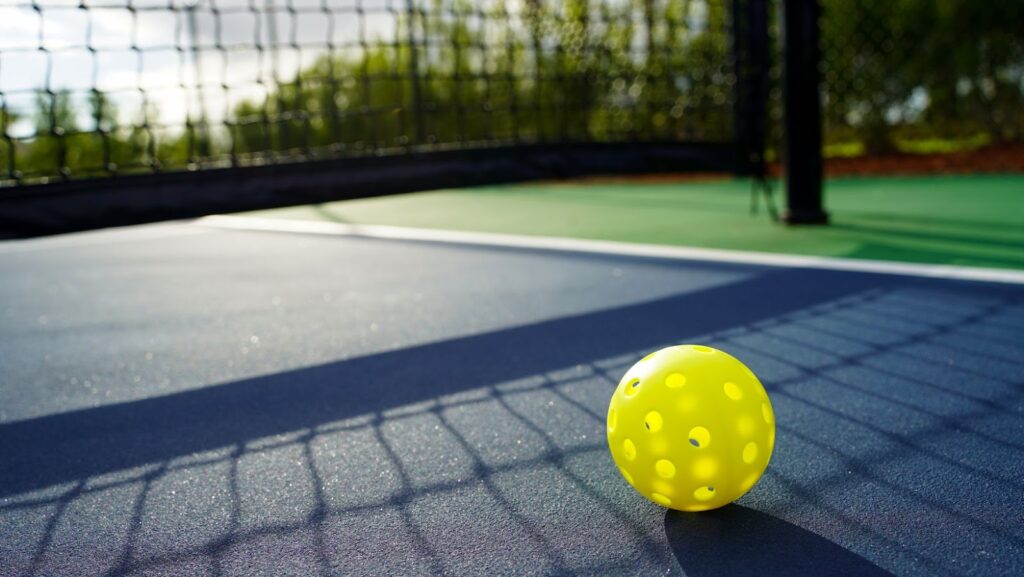Welcome to the ultimate guide on pickleball court installation. Whether you’re a seasoned player or new to the game, understanding the intricacies of setting up a pickleball court is essential for optimal gameplay and safety.
Define the Topic
Pickleball is a fast-growing sport that combines elements of tennis, badminton, and table tennis. As its popularity soars, the demand for pickleball courts has increased, making proper installation crucial.
Relevance and Importance
Installing a pickleball court correctly ensures players have a designated space to enjoy the sport safely. It fosters community engagement, promotes physical activity, and offers recreational opportunities for people of all ages.
Types and Categories
When it comes to pickleball court installation, there are several types and categories to consider.
Outdoor Courts
Outdoor pickleball courts are typically made of asphalt or concrete. They are durable and suitable for various climates but may require regular maintenance.
Indoor Courts
Indoor pickleball courts are often found in recreational centers or gymnasiums. They provide a controlled environment for gameplay and can accommodate year-round play.
Portable Courts
Portable pickleball courts offer flexibility and convenience. They are often made of interlocking tiles or roll-out mats, allowing for easy setup and takedown.
Symptoms and Signs
While there aren’t specific symptoms related to pickleball court installation, signs of a poorly constructed court include:
Cracks or Uneven Surfaces
Cracks in the court surface or uneven pavement can pose safety hazards and affect gameplay.
Poor Drainage
Inadequate drainage can lead to water buildup, causing slippery conditions and potential court damage.
Faded Lines
Faded boundary lines make it difficult to determine the boundaries of the court, leading to disputes during play.
Causes and Risk Factors
Several factors can contribute to the need for pickleball court installation or renovation:
Increased Demand
As pickleball gains popularity, communities may require additional courts to meet the growing demand.
Aging Infrastructure
Existing courts may deteriorate over time due to wear and tear, necessitating repairs or replacements.
Lack of Facilities
Areas without dedicated pickleball courts may need new installations to accommodate players’ needs.
Diagnosis and Tests
Diagnosing the need for pickleball court installation involves:
Site Evaluation
A thorough assessment of the proposed court location is needed to determine suitability and identify any potential obstacles.
Surface Analysis
Testing the existing surface for stability, smoothness, and proper drainage.
Compliance Check
Ensuring the court design meets official pickleball regulations and standards.
Treatment Options
Once the need for pickleball court installation is established, several treatment options are available:
Surface Preparation
Preparing the site by leveling the ground, removing debris, and addressing any drainage issues.
Material Selection
Choosing the appropriate surface material based on budget, climate, and expected usage.
Line Marking
Clear and durable boundary lines should be applied according to official pickleball court dimensions.
Preventive Measures
To prolong the life of a pickleball court and minimize maintenance requirements, consider the following:
Regular Maintenance
Scheduling routine inspections, cleaning, and repairs to address minor issues before they escalate.
Protective Measures
Barriers or fencing should be installed to prevent unauthorized access and reduce the risk of vandalism.
Education and Outreach
Educating players and community members about proper court etiquette and care guidelines.
Personal Stories or Case Studies
Real-life experiences can shed light on the importance of proper pickleball court installation:
The Smith Family’s Story
After years of playing on makeshift courts, the Smith family decided to invest in a professionally installed pickleball court in their backyard. Not only did it enhance their gameplay experience, but it also became a gathering place for friends and neighbors.
Community Renovation Project
The local Parks and Recreation department spearheaded a renovation project to upgrade aging pickleball courts in a city park. The newly refurbished courts revitalized the area and brought the community together through sport.
Expert Insights
Industry professionals offer valuable advice on pickleball court installation:
John Doe, Court Construction Expert
“Proper drainage is essential for outdoor pickleball courts, especially in areas prone to heavy rainfall. Investing in quality materials and professional installation ensures longevity and player safety.”
- Jane Smith, Pickleball Enthusiast
“Indoor courts provide a controlled environment free from weather-related disruptions, making them ideal for year-round play and competitive tournaments.”
Conclusion
In conclusion, pickleball court installation is a vital aspect of fostering community engagement and promoting physical activity. By understanding the types, symptoms, and preventive measures associated with court installation, players and communities can enjoy the sport safely and sustainably.

